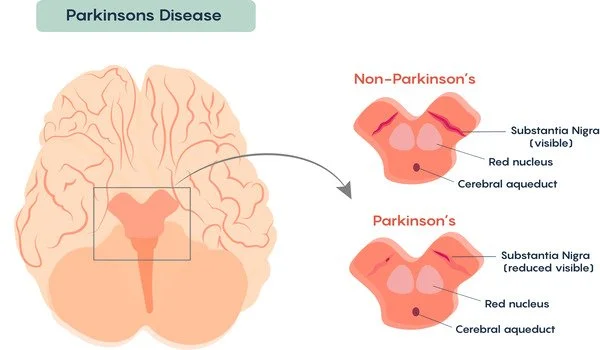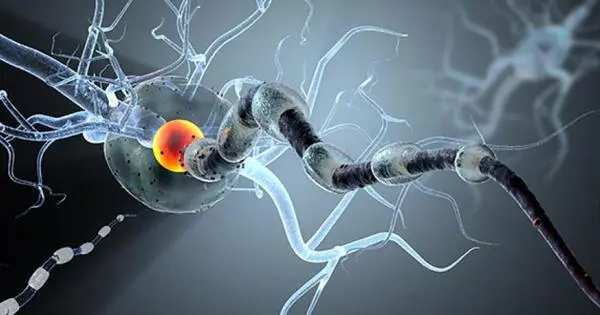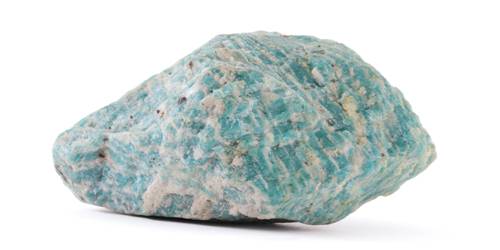Electrical deep brain stimulation (DBS) is a well-known treatment for Parkinson’s disease-related movement disorders. However, implanting electrodes in the brain is an invasive and imprecise method of stimulating nerve cells. Researchers report in ACS Nano Letters on a new use of magnetogenetics, a technology that employs extremely small magnets to wirelessly activate specific, gene-edited nerve cells in the brain. The medication efficiently improved motor complaints in mice without causing any damage to the surrounding brain tissue.
In classic DBS, a battery pack provides electrical signals through wires to activate nerve cells in the subthalamic nucleus (STN). Tremors, slowness, rigidity, and involuntary movements are some of the motor symptoms of Parkinson’s disease that can be relieved by STN activation.
Researchers report in ACS Nano Letters on a new use of magnetogenetics, a technology that employs extremely small magnets to wirelessly activate specific, gene-edited nerve cells in the brain.
However, because the potential side effects, including brain hemorrhage and tissue damage, can be severe, DBS is usually reserved for people who have late-stage Parkinson’s disease or when symptoms are no longer manageable with medication. In a step toward a less invasive treatment, Minsuk Kwak and Jinwoo Cheon worked with their colleagues to develop a wireless method to effectively reduce motor dysfunction in people with Parkinson’s disease.
For their wireless method, the researchers linked tiny magnets with antibodies to help the molecules “stick” to the surface of STN nerve cells. The sticky magnets were then implanted into the brains of animals with Parkinson’s disease, both early and late stages. Prior to the injection in the STN, those same nerve cells had been modified with a gene that caused them to activate when the modified magnets on the cell’s surface twisted in response to an externally applied magnetic field of about 25 milliteslas, which is roughly one-thousandth the strength of an MRI.

In demonstrations of the magnetized and modified neurons in mice with Parkinson’s disease, the mice exposed to a magnetic field showed improved motor function to levels comparable to those of healthy mice. The team observed that mice that received multiple exposures to the magnetic field retained more than one-third of their motor improvements while mice that received one exposure retained almost no improvements.
Furthermore, treated mice’s nerve cells revealed no substantial damage in and around the STN, indicating that this could be a safer alternative to typical implanted DBS systems, according to the researchers. The researchers believe that their wireless magnetogenetic technique has therapeutic potential and could be used to treat motor dysfunction in persons with early- or late-stage Parkinson’s disease, as well as other neurological disorders like epilepsy and Alzheimer’s disease.















